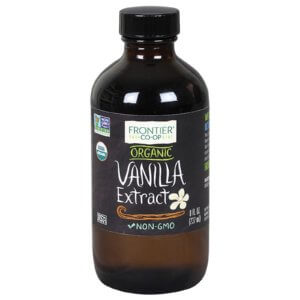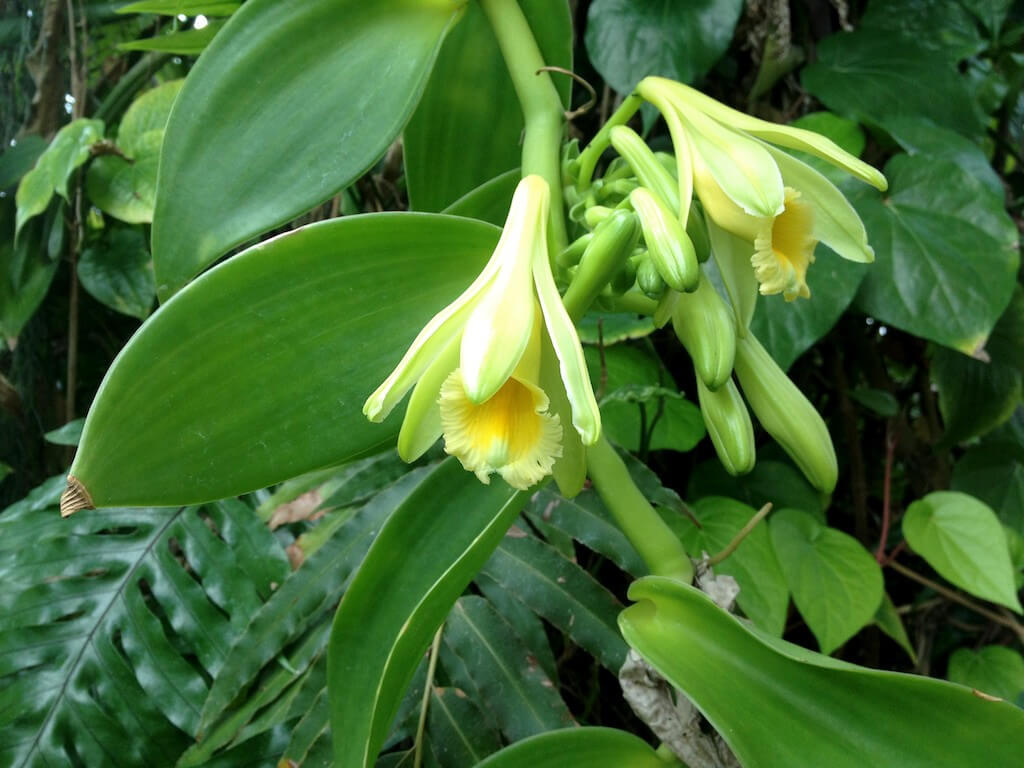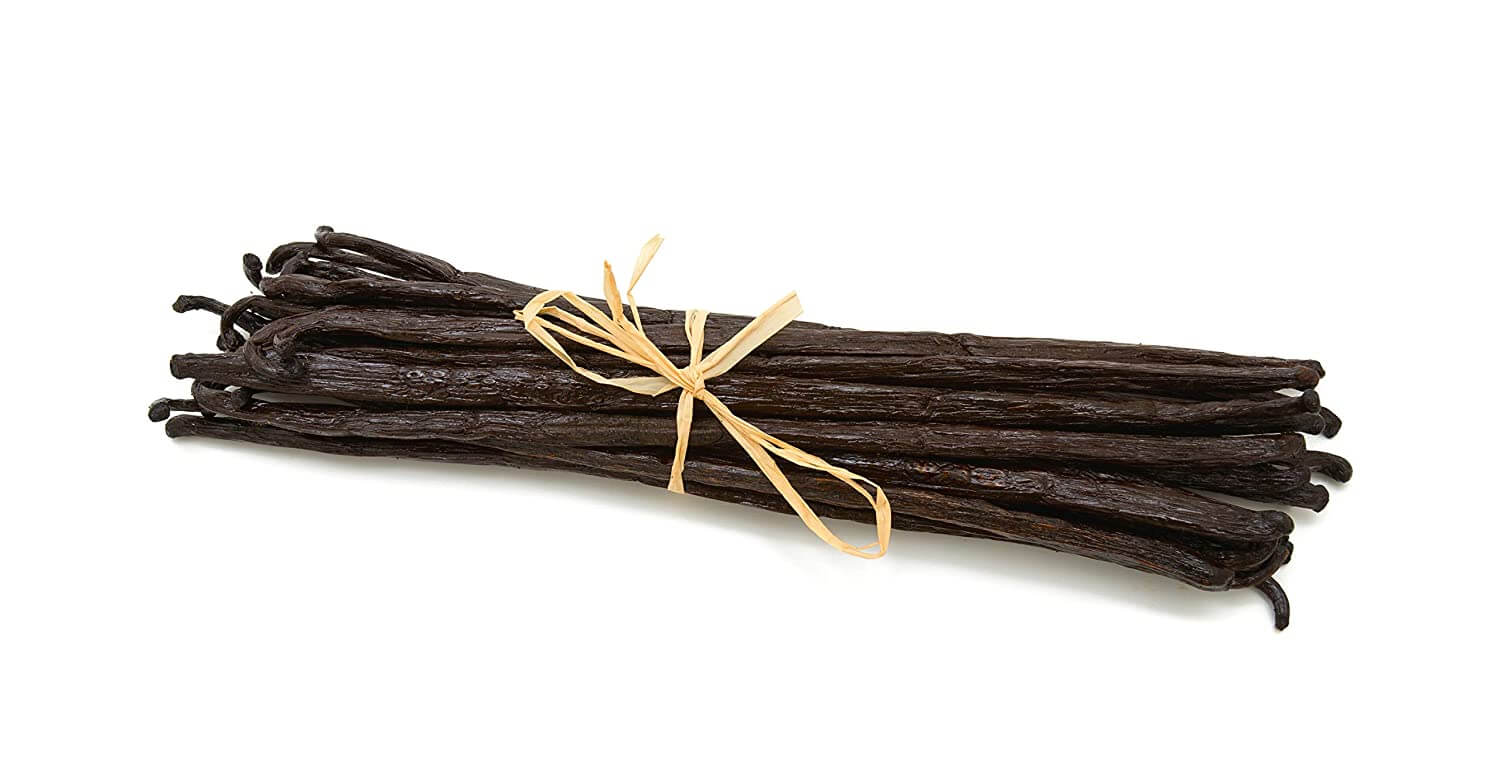Yes, almost all vanilla extracts (even artificial ones) are vegan.
I’ve never come across a vanilla extract in a store that wasn’t vegan-friendly.
Vanilla used to be made with castoreum (from a beaver’s anal glands), but it’s exceedingly rare nowadays because it’s difficult and expensive to gather. If you looked hard enough you could probably still find some.
Table of Contents
How Vanilla Extract is Made

The process for making vanilla extract depends on if it’s artificial or “real.”
- The traditional, “real” vanilla extract is made by breaking up vanilla pods and filtering them through a mixture of ethanol and water.
- The artificial vanilla extract, which you can easily identify by the cheap price, is synthesized from guaiacol, a by-product of the wood pulp industry (source).
Either way, it doesn’t come in contact with or contain any animal products.
So whether you’re buying vanilla extract, or you just see vanilla extract or flavoring on an ingredient list, you don’t need to be worried about it.
If you really want to be sure that a vanilla extract doesn’t contain castoreum, contact the manufacturer.
Is Natural Vanilla Flavor Vegan?
Technically, natural vanilla flavor is different than extract.
However, it’s very similar and made in pretty much the exact same way.
That means that the vanilla flavor that you might see in some food products is also vegan in the vast majority of cases.
Again, you can contact the manufacturer if you’re really worried about it.
Meet The Vanilla Bean
Most vanilla today is derived from the Mexican flat-leaved vanilla plant.

The plant is hand pollinated in order to produce the fruit that we’re looking for in order to extract vanilla spice and extract.
The main extracted component is called vanillin, that’s the flavoring component that is used in vanilla extract and natural vanilla flavor.
How Vanillin Is Extracted
Once a “pod” is removed from the vanilla plant, it’s dried and can then be processed using the methods described earlier on this page:

Vanilla pods aren’t too appetizing in whole form, but they can add a great flavor to foods after being filtered down.
What’s the Deal With Castoreum?
Castoreum is a yellow substance extruded from a beaver’s castor sacs. This is obviously considered an animal product and is not vegan.
Beavers use it, along with urine, to scent mark territory, while humans used it for…food and perfume.
However, this practice is rare these days.
How much is castoreum used today?
According to the Center for Science in the Public Interest, only about 1,000 pounds of castoreum is used per year (source).
In comparison, vanilla bean production sits at over 7,575 tons per year, and growing. That’s equivalent to over 16 million pounds.
In other words, 99.988% of total castoreum and vanillin consumption is composed of vanillin. Hence why I stated up front that you can safely assume that just about all vanilla is vegan-friendly.
Situations Where Vanilla Might Not be Vegan-Friendly
In conclusion, if you are shopping at a normal grocery store, you typically don’t need to be worried about vanilla extract containing animal ingredients.
However, there can be exceptions in some niche or artisanal products. For example, some small-scale producers may use traditional methods that incorporate non-vegan friendly substances such as honey or milk derivatives during the extraction or curing process of vanilla.
These ingredients are not standard in commercial vanilla production, but if you’re seeking out specialty vanilla extracts, it’s worth verifying their vegan status with the manufacturer.
Finally, you can also look specifically for vegan certifications on a products logo if you want to be certain about a particular product’s ingredients.

Actually,not all vanilla extract is vegan. It contains castoreum which is secreted from a beavers anal gland.
Please do your research before posting things like this.
Even though some may, it’s extremely uncommon and not something you really need to worry about.
If you’re really worried about it, contact the manufacturer of a product to double-check.